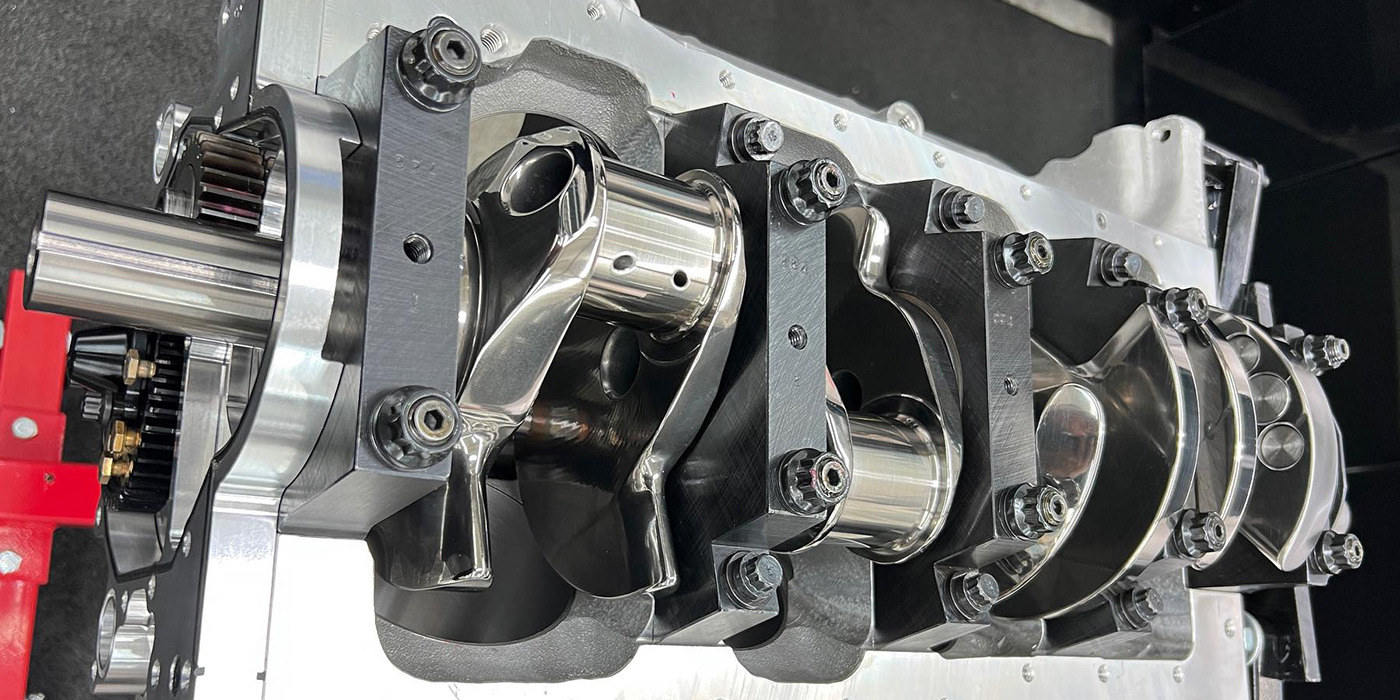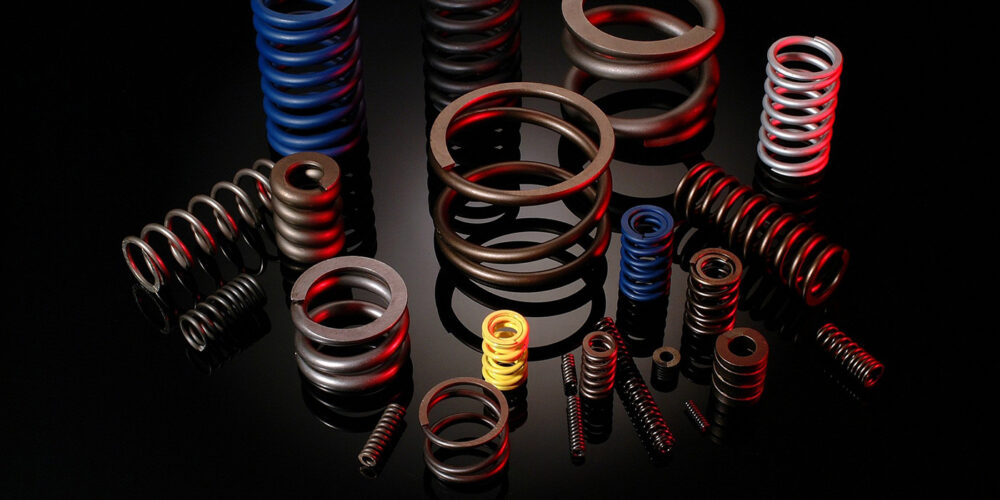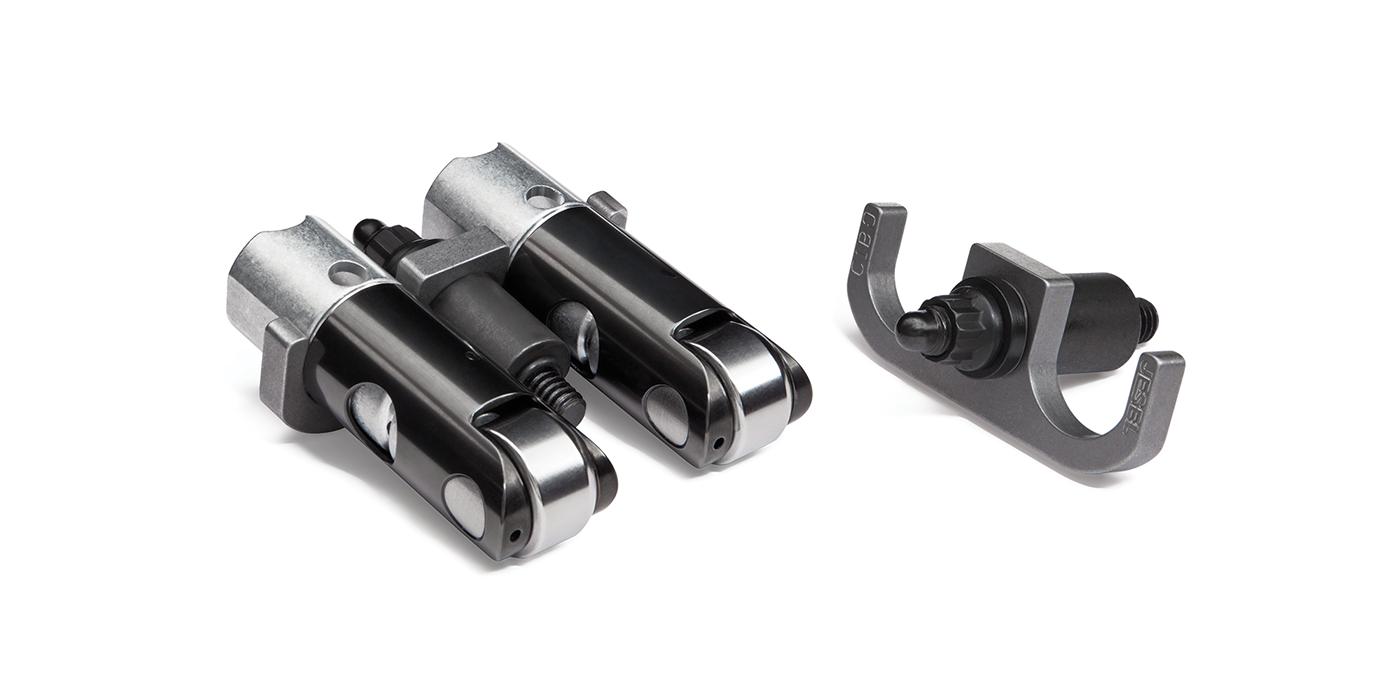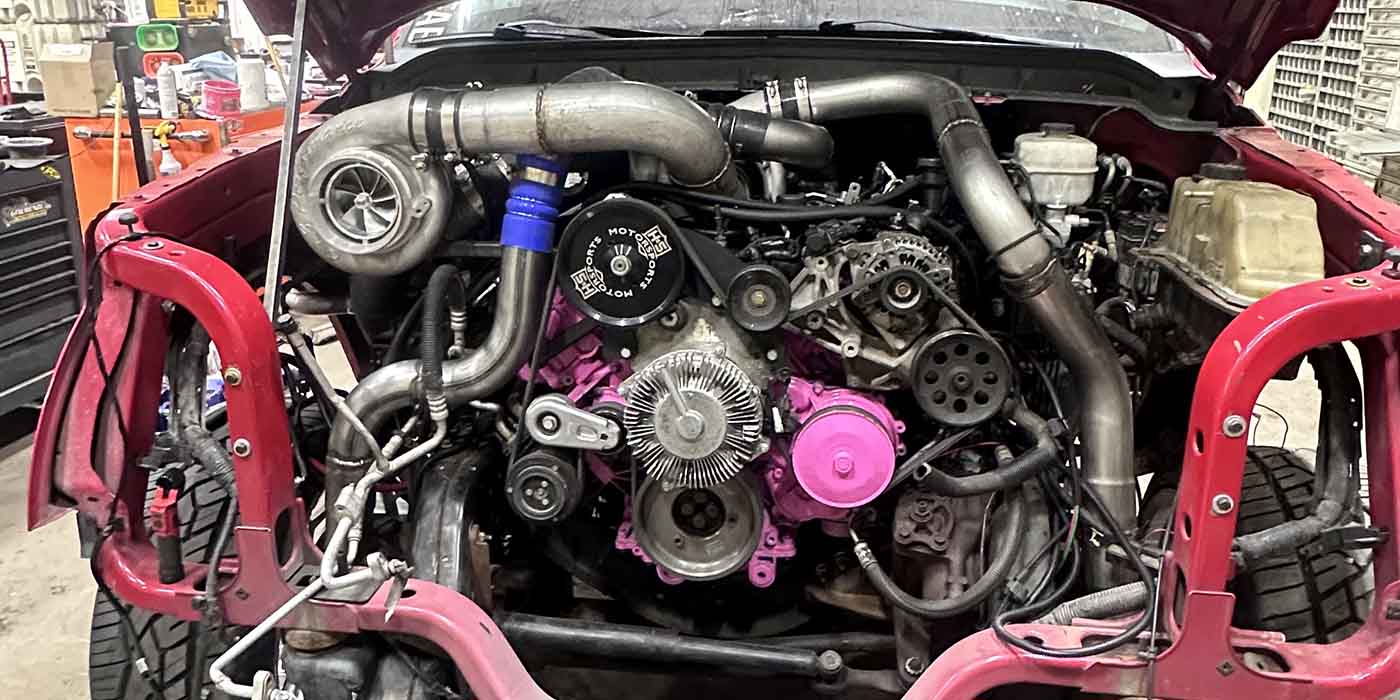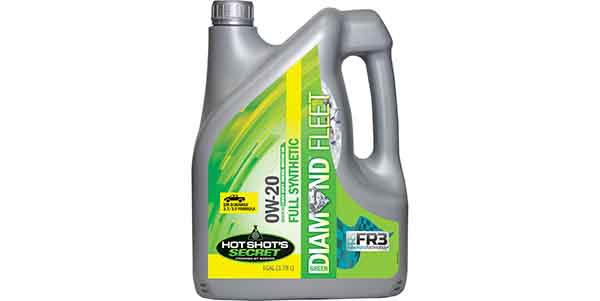Kill Devil Diesel’s New 6.0/6.4 ICON Series Cylinder Heads
Those privy to the Ford Powerstroke realm, know this engine family comes with its faults. However, Ford fans are some of the most passionate of the bunch, and where there are issues, there are also people willing to solve them. Case in point, Jared Alderson and his team at Kill Devil Diesel in Poplar Branch, NC, have been hard at work launching a new 6.0L/6.4L cylinder head that should quite literally change the game for Powerstroke owners.
Marketed as the ICON series, these cylinder heads are a totally new, built from the ground up, clean sheet, USA design that will replace Kill Devil Diesel’s previous aluminum heads. As good as those previous heads were, Alderson says the ICON heads are “much, much better” and “offer better airflow and better swirl.”
Aiming for a mid-summer release, the ICON series heads are in final testing stages currently, so we caught up with Jared to get the ins and outs of why these heads are such an improvement, and why Ford fans will be drooling over these performance upgrades.
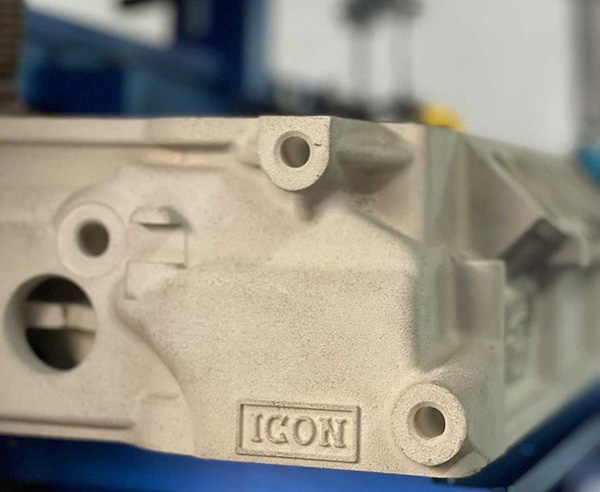
Cylinder Head R&D
For the last year and a half, Kill Devil Diesel (KDD) has been working heavily with manufacturing partners, such as Mast Motorsports, on doing something different with a clean sheet design. With a number of 6.0L cast iron aftermarket castings and a few aluminum 6.0L heads already available, Alderson knew he didn’t want to design just another 6.0L head.
When it came to the 6.4L, because Ford only made those for three years, it was hard to justify all the tooling costs for a head solely dedicated to that platform. However, KDD decided to make a casting that would not only improve many aspects of previous Powerstroke heads, but would benefit a large group of Powerstroke owners too.
“We did some preliminary design engineering and we were able to figure out that we could do a commonized casting between 6.0L and 6.4L and cover from 2003-2010,” Alderson says. “From there, we will machine it into a 6.0L head or machine it into a 6.4L. It’s 100% USA designed and no longer made in China. It’ll be the first production, streetable, aluminum 6.4L head on the market. It’ll also be a drastically, drastically improved aluminum 6.0L head over what we were using previously.”

To begin testing their theories and design ideas for the ICON series, KDD went to the flow bench to compare factory heads, their own aftermarket heads and the new ICON head design.
“First, as just a good baseline, we metered the factory heads and figured out what the starting point was,” Alderson says. “Then, we compared that to our previous aftermarket castings we were using and our best flowing CNC-ported aluminum heads.
“We ran the heads on a flow bench, looking at only the peak number, which can be deceiving because people like to compare an easy data point like cfm. They end up just picking the one with the highest number. We wanted to evaluate what the port and cylinder dynamic was like in a more real-world diesel parameter.”
On a flow bench, the industry standard is 28˝ of water pressure. That equates to about 0 lbs. of boost or roughly 13.7-14 psi of atmospheric ambient pressure. Most diesels operate at considerably higher pressure differentials than 0 psi, even in stock form. One of the things KDD wanted to do differently was compare not just the port dynamic, but also the in-cylinder dynamic at higher pressure ratios.
Since compound turbo diesels typically run 80-100+ lbs. of boost, and stock or slightly modified drop-in turbo diesels run 30-40 lbs. of boost, KDD settled on 60 psi as a middle of the road number for testing.
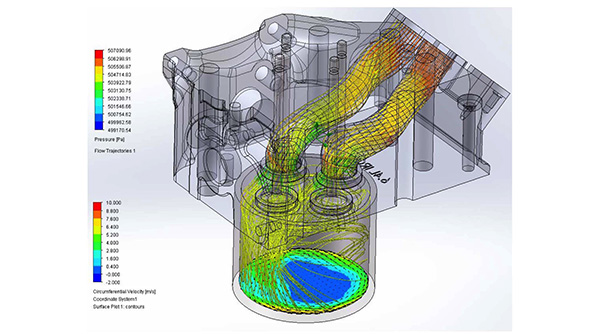
“During our CFD testing, the parameters were at 60 lbs. of boost and 150 degrees F of manifold temp,” Alderson says. “We tested the 6.0L, 6.4L, ported 6.0L, ported 6.4L, and the new development heads. You can only get air into the cylinder from the time the intake valve opens to the time the intake valve closes. We plotted our Stage 2 and Stage 3 camshaft profiles in relation to piston height and crank angle. We were able to plot, given those test criteria, the cylinder filling properties of not only mass air flow, but also port speed, average airspeed through the cylinder, airspeed at the top of the piston, and airspeed at the top of the cylinder at different crank angles. That gave us an overwhelming amount of data, but it confirmed some of our suspicions as we were picking up flow.”
KDD was looking to improve airflow, but not at the expense of cylinder swirl. That’s always been the trade-off on the factory heads with the factory port geometry. You can increase airflow, but you inevitably murder cylinder swirl.
“We found that on the factory heads there’s a low-velocity swirl port, meaning at very low valve lift and very low pressure differential between the port and the cylinder, the factory ports do an effective job at creating cylinder swirl,” he says. “Above a couple hundred thousandths valve lift, and at higher pressure ratios, the cylinder swirl goes away. On a 6.0L or 6.4L, the ports are very similar. You have two intake runners per cylinder, and the shorter runner has a bias near the valve that directs air towards one side of the valve. That’s the low-velocity swirl port. Guys will go in there and grind that bias out of the port.
“When you grind that bias out, it brings the flow numbers up on a flow bench considerably. But, when you gain flow, you lose swirl and pick up tumble. All the fuel in the world doesn’t matter if it can’t mix with air. In that moment where you want the injector to act like a centrifuge where it sprays the fuel into a pocket of swirling hot air, you want those fuel vapor droplets to continue to burn with higher cylinder swirl rates and flow. We wanted to have our cake and eat it too, where we’re able to drastically improves, not just the mass flow, but also double the cylinder swirl by moving the ports around a little bit. If that fuel is burned in cylinder, the engine produces more power with lower EGT, better turbo spool up and throttle response.”

What KDD did was impart a bend into the port. The heads will still take a conventional intake and exhaust manifold and the starting point is the same, but the path of travel between the intake port opening and the valve has changed.
“Now, we introduce the air to the cylinder where the two intake ports are kind of at angles to one another on each cylinder,” he says. “It’s actually more similar to how a Duramax or a Cummins port is laid out where the intake ports are at a tangent angle to the cylinder bore. What that does is allows the air to enter, for lack of a more eloquent way of describing this, much like the way water enters the toilet bowl – it causes it to swirl. The theory is now we can use more of the full valve curtain window.”
During testing, KDD’s best flowing heads on the flow bench went from about 165 cfm stock, to about 215-216 cfm, which is a pretty big percentage increase comparing only peak flow. However, that only translated to 5.8% more air mass in cylinder from the time the valve opens to the time the valve closes because the cylinder swirl went away.
“It looks really good on a flow bench, but it doesn’t actually mean you’re going to be able to burn more fuel,” Alderson says. “With the new ports, which took a bunch of cutaways, a bunch of epoxy, a bunch of time on a flow bench and changing port layout, port geometry, throat size, seat size, and valve size, we were able to come up with a port that’s still conventional and has a couple different options. We have an as-casted port, meaning non-CNC ported, and a CNC-ported head with larger valves. We were able to really pick up some pretty impressive numbers compared to the factory stuff.
“Where we only added 5.8% more air with our best flowing heads previously, the new CNC-ported version ICON heads will add 22.7% more air to the cylinder, which is a pretty massive increase. On a flow bench, that puts us close to 300 cfm.”
The Design
When dealing with the factory head, you can port it and grind out some of the restrictions, but you’re severely limited to the shape of the ports, water jackets and other surrounding head features, which you can’t necessarily change. Since KDD was working with a clean slate redesign, the shop was able to change the port geometry, re-engineer the surrounding water jackets and add tons of structural integrity reinforcements.
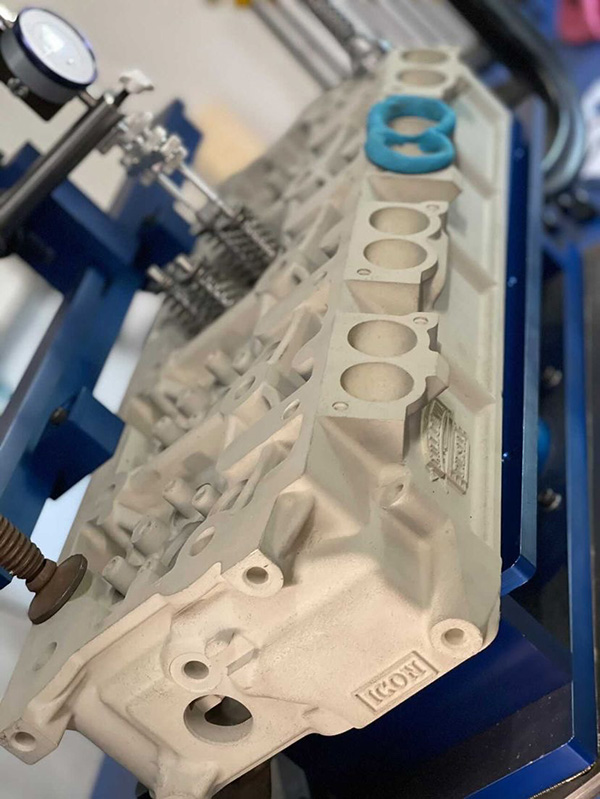
“We’ve added extra structural rigidity,” Alderson says. “We’ve also added dual-layer water jackets, gusseted/trussed head bolt reinforcements and extra ribbing and webbing in critical areas to disperse clamping load over a greater area. The deck surface is now 25% thicker to help combat flex.
“The 6.4L from the factory has dual layer water jackets, so we’ve retrofitted that back into the 6.0L, which was actually one of the hardest parts to make the water jackets fit from one to the next.”
Despite what seem like drastic changes, the ICON heads will still accept factory rocker arms or Jesel rocker arm systems, which KDD works closely with. The heads will also take conventional valves, and the CNC-ported versions will be offered with larger valves as well.
“Now we’re in the validation phase in a running engine,” he says. “We really hope to be able to report some meaningful changes where maybe with a certain size injector or a certain size turbo combination it makes X amount of power or produces X amount of smoke.
“We’re starting to see some really meaningful gains where throttle response is way better. Some of that also has to do with the exhaust ports. We’ve laid the short and long radius over in the exhaust port, where the factory ports in the exhaust come up and make a 90-degree turn. With these, we were able to lay that over and add much more of a radius to it. On the flow bench, the exhaust ports were silent, which blew me away. I’ve never really heard a totally silent exhaust port before.
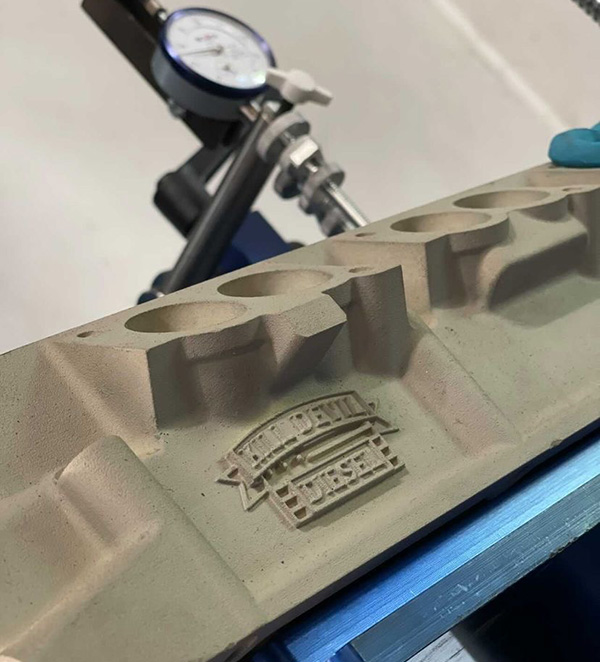
“More air in equals more air out, and better combustion means you’re driving the turbo that much harder. We’re also noticing that the heads clean up the fuel sooner, meaning before the turbo is really in boost, the combustion isn’t as smoky down low. We’re seeing a leaner air/fuel ratio, meaning it’s burning more of the fuel in cylinder, which is good.”
KDD is currently testing the ICON heads in vehicles putting miles on them, running them through heat cycles, letting them idle all day, and essentially, trying to break them before customers try to break them. Alderson says there have been no issues yet.
“We’ve also got a couple sets going out to some really high-horsepower testers – one of which is KC Turbos’ 1,500 horse, 6.0L,” Alderson says. “The other is a 7.0L 6.4L we just finished up for a sled puller in Wisconsin. We’re going to do a before and after test with the previous ported iron 6.4L heads, and then we’ll swap those out and put the new ICON heads on it and see what differences we find.”
While the ICON heads will pair up with conventional intakes, KDD is also planning to pair these new heads with an Odawg intake manifold, which is an upgrade from the factory intake.
“The Odawg intake improves the airflow by 200% to the rear cylinders,” Alderson says. “The intake manifold is shaped like a horseshoe with an inlet in the bottom of the U, so the rear cylinders get starved for air with the factory design. By not only improving the overall mass flow, but also improving the cylinder to cylinder distribution, we’ve seen some really big gains from the Odawg being lower in EGTs and an increase in throttle response.”
Conclusion
When the ICON heads launch this summer, there will be different part numbers for the 6.0L and 6.4L head. Pricing details are still to come, and according to Kill Devil Diesel, the ICON heads are suited for any 6.0L or 6.4L application.
For most street trucks, the as-casted heads will be plenty sufficient, and KDD anticipates it will be the go-to for that group. When combined with other airflow enhancement upgrades and supporting modifications it’ll make for a great cylinder head.
“We wanted to differentiate these heads from the previous offerings because it is that drastic of a difference,” Alderson says. “The as-casted ICON heads are better than any previous head we’ve been a part of, and the CNC-ported ICON heads are truly next level.”
Of course, this kind of performance upgrade isn’t possible without the support of many people. The ICON series was not developed by Jared or KDD alone.
“This endeavor hasn’t just been us,” Alderson says. “We worked very closely with a couple other manufacturing partners such as Mast Motorsports. We got to utilize their engineering resources and our diesel background and that’s worked really well. Plus, working with their foundry and their whole team of engineers has been great. It’s not just me playing super tuner by myself. It’s a large team of folks who we were really honored to work with.” EB




